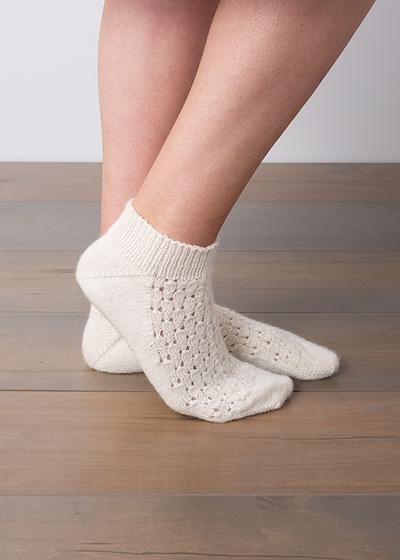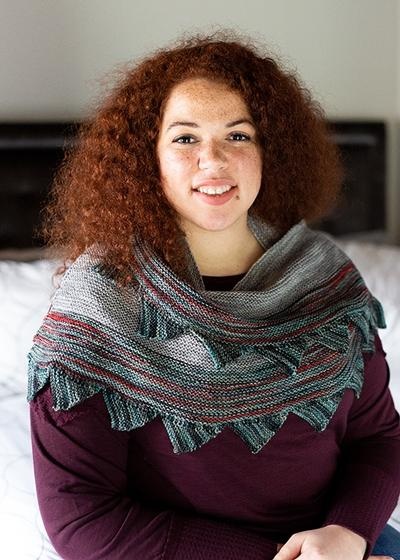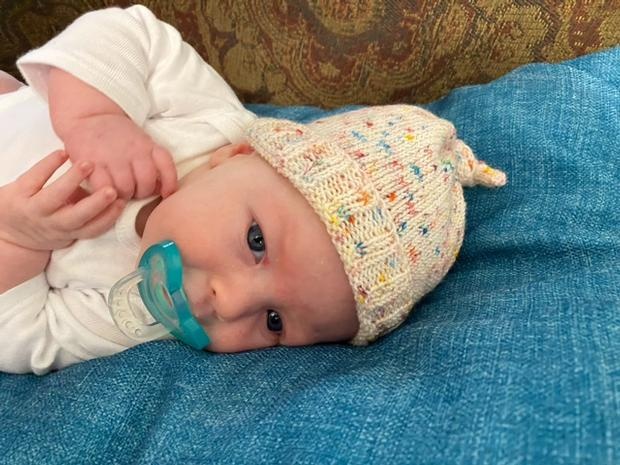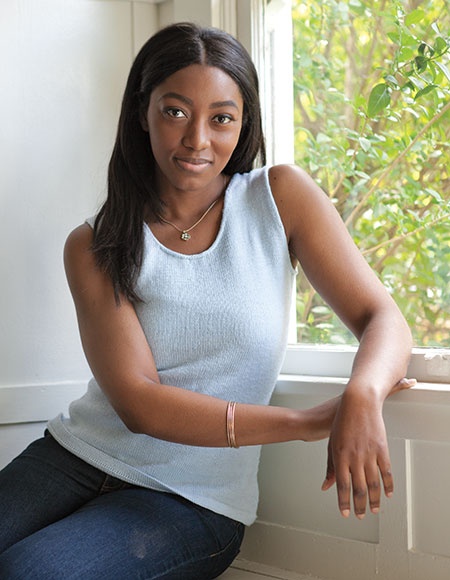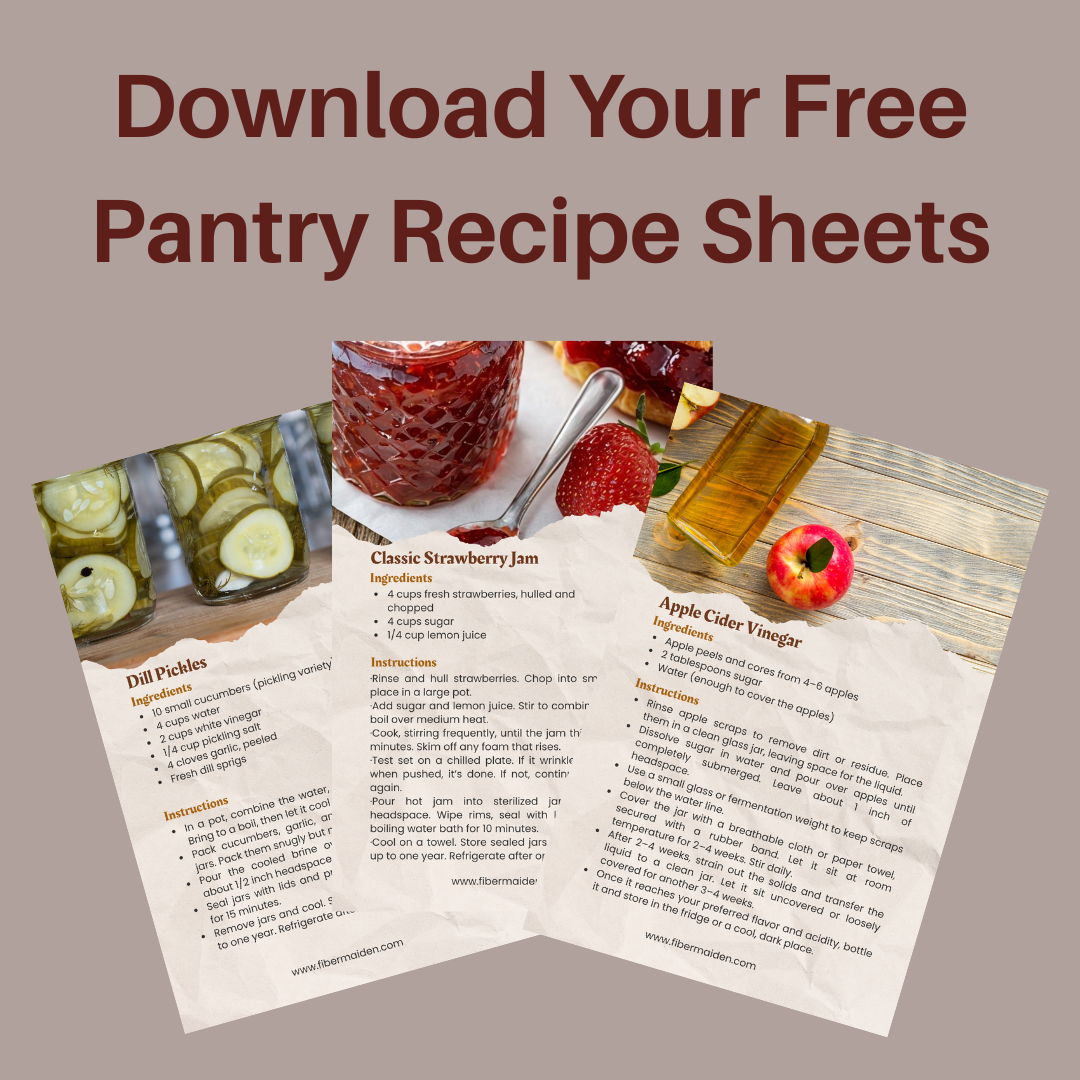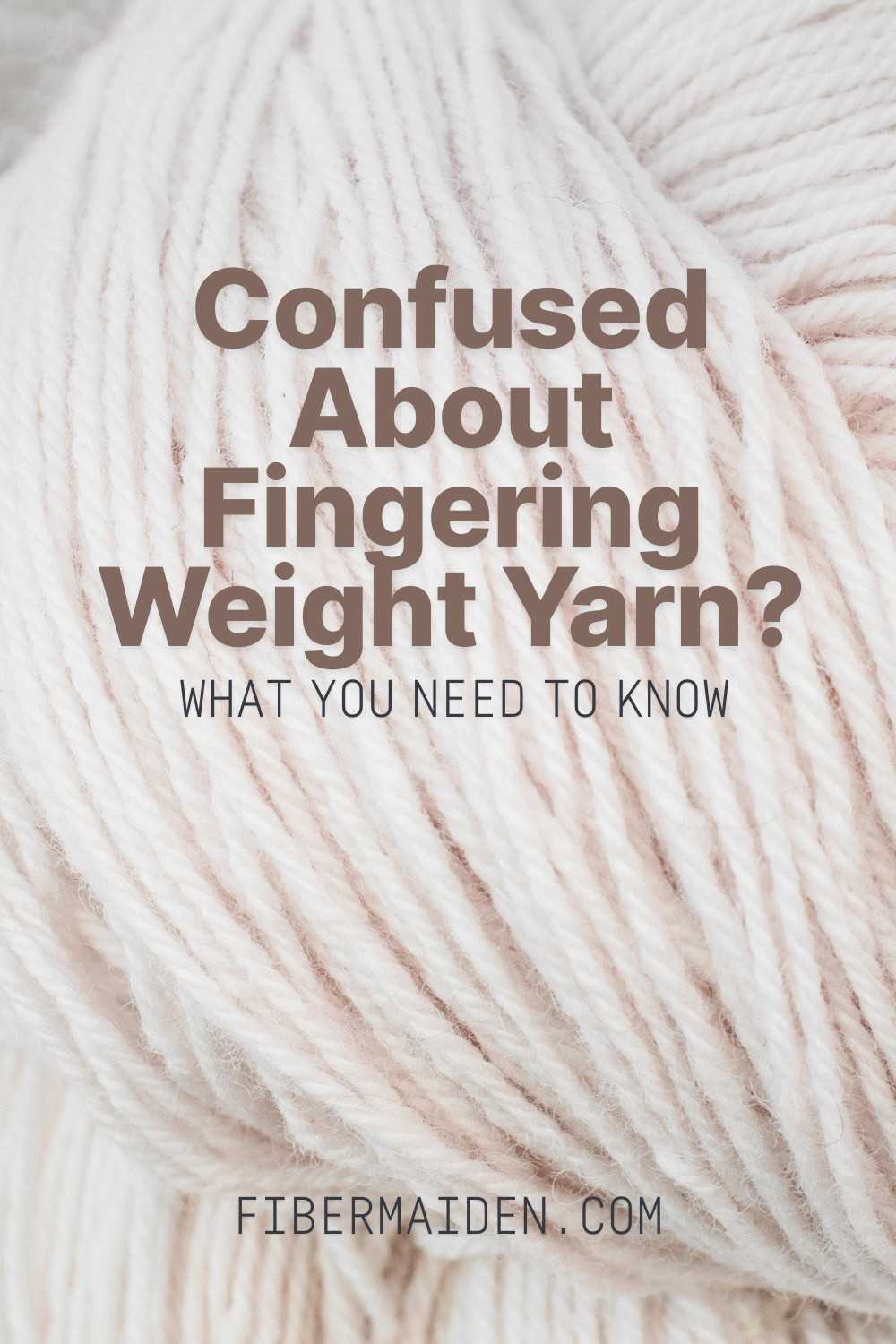What Is Fingering Weight Yarn
What Is Fingering Weight Yarn?
Fingering weight yarn is the finest commonly used yarn for knitting and crochet, creating delicate fabric that's perfect for socks, lace shawls, and any project where you want beautiful stitch definition.
If you've been intimidated by those tiny stitches or wondered whether fingering weight is worth the extra time, I'm here to help you understand when and why to choose this versatile yarn weight. I personally prefer to work in this weight because I like the drape and it is the right weight for my climate in Texas.
The Basics: What You Need to Know
Weight Category: 1 (Super Fine)
You'll see it labeled as: Fingering, sock yarn, 4-ply (in the UK), sometimes baby yarn
Typical yardage: 350-450 yards per 100 grams
Wraps per inch: 14-18 around a ruler
Fingering weight sits at the fine end of the yarn weight spectrum. If you're still getting familiar with how different yarn weights work together, my guide on [Understanding Yarn Weights] covers everything you need to know about choosing the right weight for your projects. Check out our free printable Fiber Arts Quick Guide below. Also make sure and follow me over on Ravelry.
Get The Guide
Ready to stop feeling lost every time you pick up needles or thread? This guide covers the core techniques, tools, and terms for knitting, crocheting, weaving, and simple sewing. No more guessing, just clear steps and beginner checklists so you can actually start (and finish) projects you love.
Disclosure
Some links on FiberMaiden are affiliate links. When you click and purchase, I may earn a small commission at no extra cost to you. I partner only with brands and tools I trust and use in my own kitchen, studio, and garden. Your support means a lot.
Gauge and Needle Sizes That Actually Work
Here's what you can expect when working with fingering weight:
Typical gauge: 27-32 stitches per 4 inches in stockinette stitch
US needle sizes: 1-4 (that's 2.25mm-3.5mm)
Sweet spot: Many knitters find US size 2 or 3 (2.75mm-3.25mm) works well for most projects
I can't stress this enough: swatch with fingering weight yarn. I know, I know, swatching isn't the fun part. But with fine yarn, even a half-size difference in needles changes everything about your fabric. Trust me on this one.
When Fingering Weight Makes Sense
You want incredible drape. Fingering weight creates fabric that flows beautifully, which is why it's perfect for shawls and lightweight cardigans that move with you.
Stitch definition matters. Those intricate cable patterns and delicate lace designs? They shine in fingering weight because every stitch shows clearly.
Lightweight is the goal. Summer knits, baby clothes, and anything you're layering benefits from fingering weight's minimal bulk.
You're making socks. Honestly, most sock knitters swear by fingering weight. It creates thin, comfortable fabric that fits well in shoes.
Projects That Love Fingering Weight
Socks (Obviously)
Fingering weight sock yarn is practically a category unto itself. The fine gauge gives you thin, comfortable socks that don't make your shoes feel tight. Look for yarn with some nylon for durability, especially in the heel and toe areas. Check out this Shorties Socks by Janita Koshkinen pattern. It is the perfect quick sock pattern for fingering weight yarn.
Shawls and Lightweight Wraps
This is where fingering weight really shows off. The drape is incredible, lace patterns look crisp and delicate, and you get that luxurious feel without the weight. This Stanwood Shawl by Allison Griffith pattern is a great beginner shawl pattern using fingering weight yarn.
Baby Knits
Soft fingering weight yarn feels gentle against baby skin and creates breathable fabric. Plus, the fine gauge lets you add sweet details like tiny cables or delicate edgings. Check out this Top Knot Hat and Baby Socks pattern by Kay Meadors. It is a quick project using fingering yarn that also makes a great baby shower gift.
Summer Sweaters and Tees
When you want coverage without bulk, fingering weight delivers. Think fitted cardigans, lightweight pullover sweaters, and breezy summer tops. This Light Basic Shell Pattern by Kerin Dimeler-Laurence is a quick knit in fingering weight and also great for beginners.
Get 3 Free Recipe Sheets
Ready for recipes that don't require a culinary degree to follow? Get seasonal recipe sheets designed for real kitchens and busy lives, the kind that work even when your kids are asking for snacks mid-prep.
Smart Substitutions
Sometimes you fall in love with a pattern written for sport weight, but you really want to use that gorgeous fingering weight yarn in your stash. Here's how to make it work:
Going from sport to fingering: Use needles 1-2 sizes smaller than called for and expect to cast on more stitches for the same width. Always swatch first.
Yardage considerations: Fingering weight typically needs more yardage than heavier weights for the same project size.
When not to substitute: Don't try to substitute fingering weight for worsted or heavier yarns. The difference is just too big, and you'll end up frustrated.
The Reality of Working with Fingering Weight
Let's be honest about what you're signing up for:
It takes longer. More stitches per inch means more time per project. That's not necessarily bad, just something to plan for.
Your eyes might get tired. Good lighting makes a huge difference. I keep a good lamp next to my knitting chair for exactly this reason.
Tension matters more. With fine yarn, uneven tension shows up clearly in your finished fabric. Take breaks when your hands get tired.
The results are worth it. When you block that first fingering weight shawl and see how it transforms, you'll understand why so many knitters love working with fine yarn.
Choosing Quality Fingering Weight Yarn
Check the twist. Quality fingering weight yarn has balanced twist that won't create bias in your fabric.
Feel the hand. It should feel smooth and even, without thick or thin spots that will show up in your knitting.
Consider the fiber. Wool gives you elasticity and warmth, cotton provides structure and breathability, silk adds drape and sheen. Choose based on your project needs.
Making Fingering Weight Work for You
The key to success with fingering weight is managing your expectations and setting yourself up for success. Use sharp-pointed needles, ensure good lighting, and don't rush.
Yes, fingering weight projects take more time than chunky cowls. But there's something meditative about the rhythm of small stitches, and the results have a refinement that heavier yarns can't match.
Whether you're knitting your first pair of socks or planning an intricate lace wedding shawl, fingering weight yarn offers possibilities that make the extra time investment worthwhile. Start with a simple project to get comfortable with the gauge, then let your creativity run wild with all the beautiful fingering weight options available.
Fiber Arts Quick Guide
One page for yarn weights, needle & hook sizes, gauge basics, and quilt math. Keep within reach while you work.
Yarn weights at a glance
| Weight | CYC # | Knit gauge (sts/4 in) • Needles US | Crochet gauge (sts/4 in) • Hook |
|---|---|---|---|
| Lace | 0 | 33–40+ • 000–1 | 28–36+ • Steel/B–C |
| Fingering / Sock | 1 | 27–32 • 1–3 | 21–32 • B–E (2.25–3.5 mm) |
| Sport | 2 | 23–26 • 3–5 | 16–20 • E–7 (3.5–4.5 mm) |
| DK | 3 | 21–24 • 5–7 | 12–17 • 7–I (4.5–5.5 mm) |
| Worsted | 4 | 16–20 • 7–9 | 11–14 • I–K (5.5–6.5 mm) |
| Bulky | 5 | 12–15 • 9–11 | 8–11 • K–M/N (6.5–9 mm) |
| Super Bulky | 6 | 6–11 • 11–17 | 5–9 • M/N–Q (9–15 mm) |
| Jumbo | 7 | 1–6 • 17+ | 0–5 • Q+ (15 mm+) |
Always swatch. Fiber content, twist, and your tension change gauge.
Needle and hook conversions
Knitting needles (US ↔ mm)
| US | mm |
|---|---|
| 0 | 2.00 |
| 1 | 2.25 |
| 2 | 2.75 |
| 3 | 3.25 |
| 4 | 3.50 |
| 5 | 3.75 |
| 6 | 4.00 |
| 7 | 4.50 |
| 8 | 5.00 |
| 9 | 5.50 |
| 10 | 6.00 |
| 10.5 | 6.50 |
| 11 | 8.00 |
| 13 | 9.00 |
| 15 | 10.00 |
Crochet hooks (Letter ↔ mm)
| Hook | mm |
|---|---|
| B | 2.25 |
| C | 2.75 |
| D | 3.25 |
| E | 3.50 |
| F | 3.75 |
| G | 4.00 |
| 7 | 4.50 |
| H | 5.00 |
| I | 5.50 |
| J | 6.00 |
| K | 6.50 |
| L | 8.00 |
| M/N | 9.00 |
| N/P | 10.00 |
Gauge and swatch basics
- Knit or crochet a 6 × 6 in swatch. Wash and lay flat to dry.
- Measure the center 4 in square. Count stitches and rows.
- Stitches per inch: stitches in 4 in ÷ 4. Rows per inch: rows in 4 in ÷ 4.
Cast on = target width (in) × stitches per inch + 2 edge stitches.
Rows to length = target length (in) × rows per inch.
Quilt and sewing quick math
- Seam allowances: quilting 1/4 in • garments 5/8 in
- Half-square triangles (HST): cut size = finished size + 7/8 in (or add 1 in and trim to square)
- Quarter-square triangles (QST): cut size = finished size + 1 1/4 in
- Binding estimator: total length = perimeter + 12 in; strip count = ceil(total ÷ WOF). Typical strip width 2.5 in
- Prewash tips: prewash reds/darks. Press, square the grain, then cut.
Labeling and project notes
- Yarn or fabric source, colorway, lot, and fiber content
- Gauge and needle or hook size
- Pattern name and size adjustments
- Wash and care instructions
© FiberMaiden • www.fibermaiden.com



